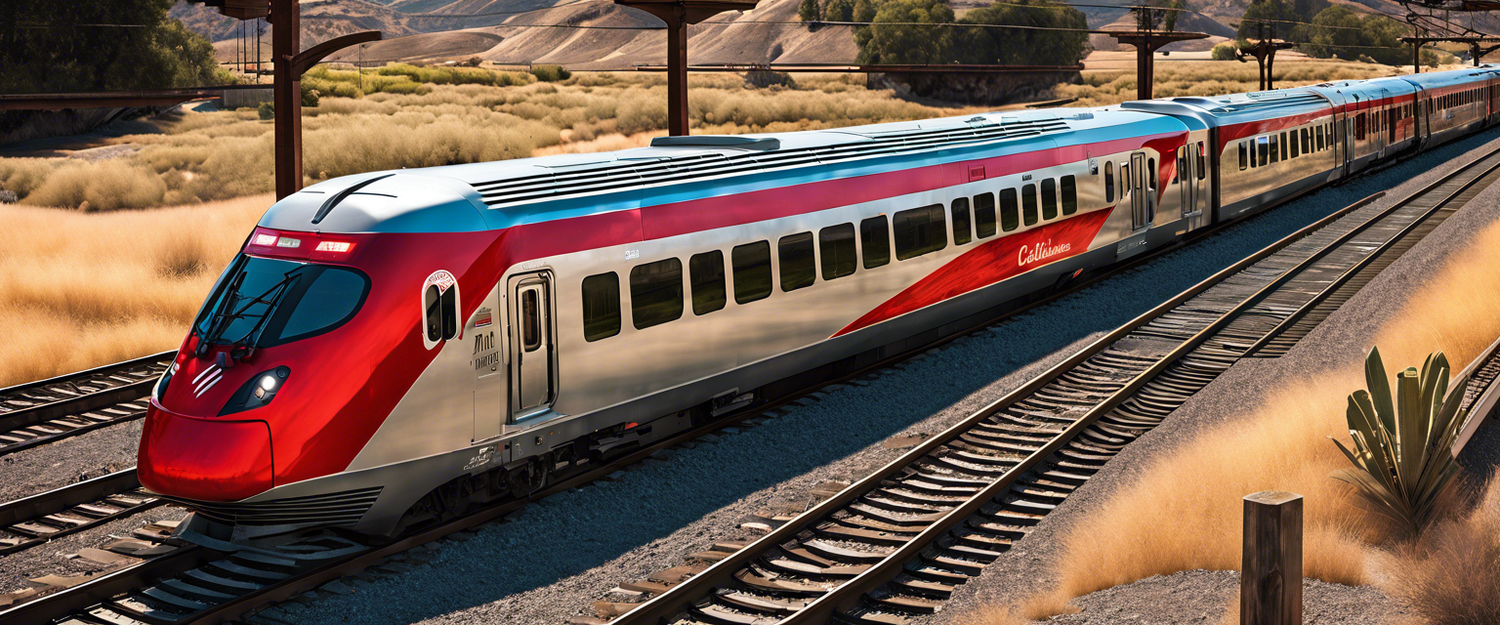CalTrain Launches All-Electric Trains: A New Era for US Rail Transportation
For the first time in the United States, two new all-electric passenger trains, operated by CalTrain, have commenced operations. This pioneering development is a significant step for a nation that has lagged behind the rest of the world in electrifying its rail systems.
The Inaugural Ride: A Historic Event
On a memorable Saturday, California Governor Gavin Newsom and House Speaker Emerita Nancy Pelosi took the inaugural ride on these state-of-the-art trains. The trains began regular service on the following day, providing reliable transportation along the route between San Jose and San Francisco.
A Long Journey Toward Electrification
Nearly 20 years have passed since the initial proposals for electric trains in California emerged. These new trains are touted to be quieter and faster than the existing diesel-powered alternatives, promising a better travel experience for passengers. CalTrain plans to introduce 17 more electric trains by mid-September, further expanding this eco-friendly initiative.
Enhanced Performance and Environmental Benefits
The new CalTrain models offer a remarkable advantage; they are expected to be 20% faster than their diesel counterparts due to enhanced acceleration and deceleration capabilities. Additionally, the electric trains will significantly reduce air pollution and noise for residents living near the rail corridor, contributing to a healthier environment.
The US Falls Behind Global Electrification Trends
Despite the advancements made by CalTrain, it is disheartening to note that the US is falling behind global standards in railroad electrification. Countries like India are on the brink of achieving 100% electric rail lines, while China is nearing three-quarters of its network being electric. The European Union reports over 57% of its rail system as electric. In contrast, the US has only just introduced two electric trains, with more promising to follow.
Challenges to Electrification in the US
Several factors contribute to the slow adoption of electric trains in the United States. One major challenge stems from the opposition of the Association of American Railroads (AAR), the industry's key lobbying organization. The AAR argues against the feasibility of retrofitting the US rail system for electric trains, citing exorbitant costs associated with retrofitting an existing infrastructure designed for diesel engines. A policy paper issued by the AAR, now mysteriously absent from its website, laid out these arguments against railroad electrification.
Climate Change and Diesel Dependency
Despite the pressing existential threat posed by climate change, significant resistance persists among rail executives. The US rail network remains heavily dependent on diesel fuel, consuming approximately 4.2 billion gallons in 2018 alone. Industry experts point to monopolization within the railroad sector as a key barrier to electrification. Major operators, like CSX and Norfolk Southern in the East and BNSF and Union Pacific in the West, have been resistant to investing in infrastructure improvements, choosing instead to focus on maximizing profits.
The Role of State-Operated Commuter Rail
In this challenging landscape, state-operated commuter rail systems, such as CalTrain, have the opportunity to lead the charge toward electrification. The introduction of these new electric trains marks only the beginning, but they demonstrate that electric rail solutions can benefit both communities and the environment.
Conclusion: A Step Towards a Sustainable Future
As CalTrain embarks on this journey toward sustainable transportation, it sets a precedent for other states to follow. The success of these electric trains could pave the way for broader electrification efforts across the United States, helping to combat climate change while enhancing public transit systems.
Call to Action
Are you excited about the electrification of rail transport in the US? Share your thoughts and predictions for the future of electric trains in the comments below!



Залишити коментар
Усі коментарі модеруються перед публікацією.
This site is protected by hCaptcha and the hCaptcha Privacy Policy and Terms of Service apply.